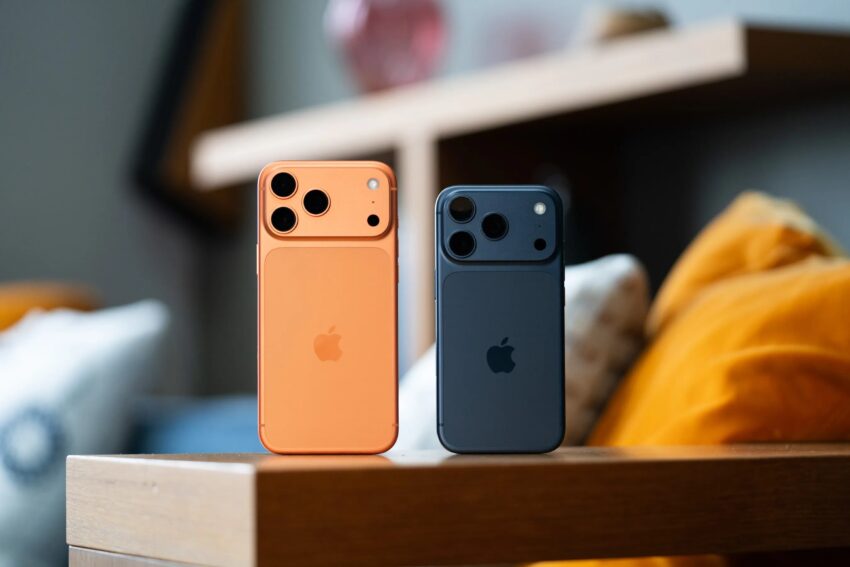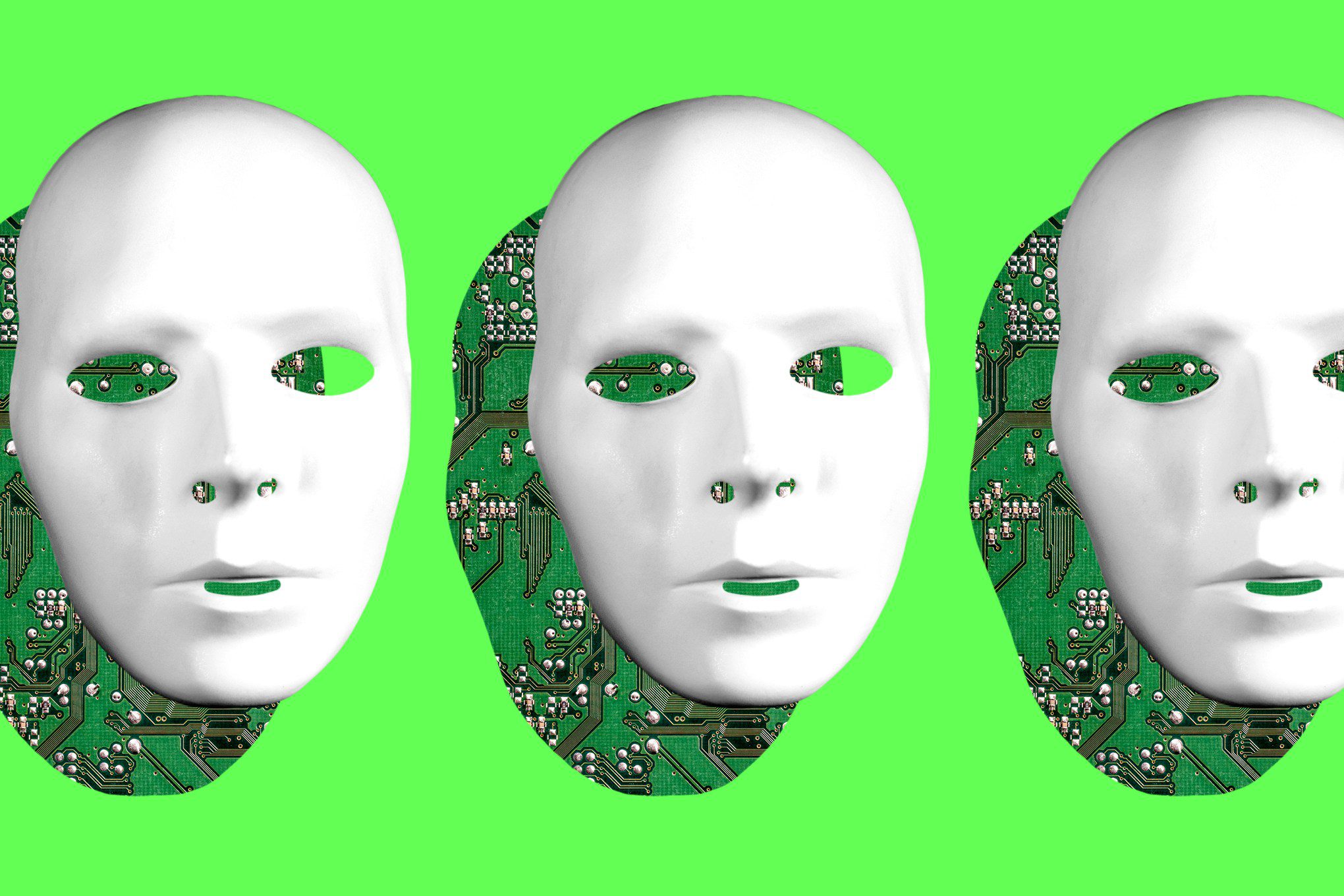
the iphone 17 s selfie camera is Adobe’s Project Indigo, an innovative camera app, is currently facing delays in supporting the newly launched iPhone 17 series, primarily due to challenges associated with the device’s upgraded selfie camera.
the iphone 17 s selfie camera is
Overview of the iPhone 17 Launch
The iPhone 17 series made its debut just over a month ago, showcasing several enhancements over its predecessors. Among these improvements is a significant upgrade to the front-facing camera, which has transitioned from a 12-megapixel sensor to an 18-megapixel sensor. This upgrade is designed to enhance the quality of selfies and video calls, addressing the growing demand for better front camera capabilities in smartphones.
However, despite these advancements, iPhone 17 Pro owners are still unable to utilize Adobe’s Project Indigo, an app that has garnered attention for its unique approach to smartphone photography. While users of older models, such as the iPhone 12 Pro, can run the app without issues, the latest iPhone models are left waiting for compatibility updates.
Challenges with Project Indigo
According to a recent post on Adobe’s community forums, the delay in Project Indigo’s support for the iPhone 17 series is primarily linked to issues with the new selfie camera. Product manager Boris Ajdin has been actively communicating with users about the status of the app’s updates. On October 16th, he provided insights into the ongoing challenges faced by the development team.
Technical Difficulties
Ajdin’s update highlighted that the team encountered specific technical difficulties, particularly concerning the front camera. He stated, “We are working hard on it, and we have run into some issues, especially with the front camera. Some of them we flagged to Apple, who have made a fix and will ship it with iOS 26.1.” This acknowledgment indicates that the issues are not solely within Adobe’s control, as they require collaboration with Apple to resolve the compatibility problems.
The need to disable the front camera in Project Indigo until the new version of iOS is released underscores the complexities involved in integrating advanced camera technologies into third-party applications. Ajdin noted that while the team hoped to release an update “in a couple of days,” it became evident that additional time was necessary to ensure a seamless user experience. He expressed optimism about releasing an update within the week following his post, but the timeline remains uncertain.
The iPhone 17’s Selfie Camera Features
The iPhone 17’s selfie camera represents a significant leap forward in smartphone photography. The new 18-megapixel sensor is designed to capture high-resolution images and videos, catering to the increasing demand for quality front-facing cameras. One of the standout features of this camera is its square design, which allows users to take photos in both portrait and landscape orientations without needing to rotate the device. This feature is particularly beneficial for content creators and social media enthusiasts who frequently share images across various platforms.
Additionally, the iPhone 17’s selfie camera incorporates Center Stage technology, which automatically adjusts the frame to keep subjects centered during video calls. This feature enhances the user experience, especially in group settings, where multiple people may enter the frame. While these advancements are impressive, some users have expressed concerns regarding the image quality, suggesting that the camera may not meet everyone’s expectations.
Project Indigo’s Unique Approach
Project Indigo has quickly gained a loyal following since its introduction earlier this summer. The app distinguishes itself by offering a more natural processing style compared to the typical smartphone camera applications, which often produce images with a distinct “smartphone look.” This approach appeals to photography enthusiasts who seek to capture images that reflect a more authentic representation of their subjects.
Led by Marc Levoy, a prominent figure known for his contributions to the Google Pixel camera and its pioneering use of computational photography, Project Indigo aims to push the boundaries of smartphone photography. The app is currently classified as “experimental” and is exclusively available on iOS, leaving Android users waiting for support. Levoy has indicated that Android compatibility is on the team’s “want” list, but the complexities involved in developing for different platforms present significant challenges.
Implications for Users and Stakeholders
The delay in Project Indigo’s support for the iPhone 17 series has implications for both users and stakeholders in the tech industry. For iPhone 17 Pro owners, the inability to access the app means they are missing out on a potentially transformative photography experience. As smartphone photography continues to evolve, users are increasingly looking for applications that can enhance their creative capabilities. The wait for Project Indigo may lead some users to explore alternative apps that offer similar features, potentially impacting Adobe’s market share in this space.
From a stakeholder perspective, the collaboration between Adobe and Apple is crucial for ensuring that third-party applications can fully leverage the capabilities of new hardware. The challenges faced by Project Indigo highlight the importance of effective communication and cooperation between software developers and hardware manufacturers. As smartphones become more advanced, the need for seamless integration between hardware and software will only grow, making it essential for companies to work together to address compatibility issues.
Community Reactions
The response from the community regarding the delays has been mixed. Many users have expressed their frustration on Adobe’s forums, eager for updates and solutions. The anticipation surrounding Project Indigo reflects a broader trend in the tech industry, where users expect timely support for new devices and features. The community’s engagement demonstrates the importance of transparency from companies like Adobe, as users appreciate regular updates on the status of their favorite applications.
On the other hand, some users have shown understanding of the complexities involved in developing software for new hardware. They recognize that the integration of advanced camera technologies can pose significant challenges, especially when dealing with third-party applications. This understanding may help mitigate some of the frustration felt by users, as they await the resolution of the issues affecting Project Indigo.
Future Prospects for Project Indigo
Looking ahead, the future of Project Indigo appears promising, provided that the team can successfully navigate the current challenges. The app’s unique approach to photography has the potential to reshape how users engage with their smartphone cameras. As Adobe continues to refine and enhance the application, it may attract an even larger user base, particularly among those who prioritize image quality and creative expression.
Moreover, the eventual rollout of support for the iPhone 17 series could serve as a catalyst for expanding Project Indigo’s reach. If the app can successfully integrate with the new selfie camera features, it may set a precedent for future updates and enhancements, positioning Adobe as a leader in the smartphone photography space.
Conclusion
In conclusion, the delay in Project Indigo’s support for the iPhone 17 series highlights the complexities of integrating advanced camera technologies into third-party applications. While users eagerly await updates, the collaboration between Adobe and Apple will be crucial in resolving the current challenges. As the landscape of smartphone photography continues to evolve, the success of Project Indigo will depend on its ability to adapt and meet the needs of its users.
Source: Original report
Was this helpful?
Last Modified: October 22, 2025 at 4:38 am
3 views















